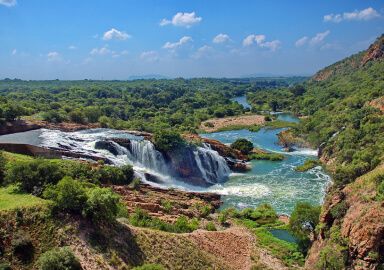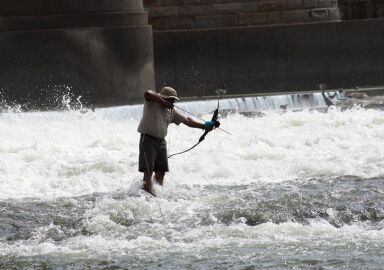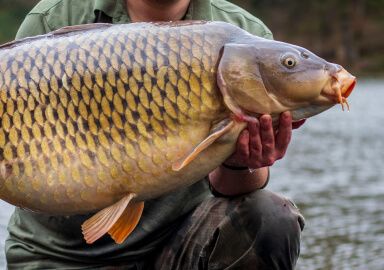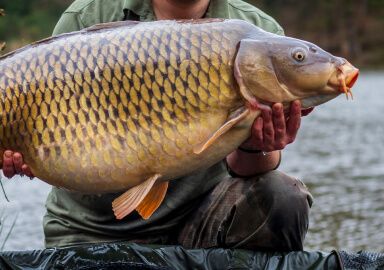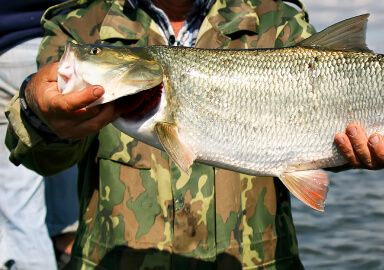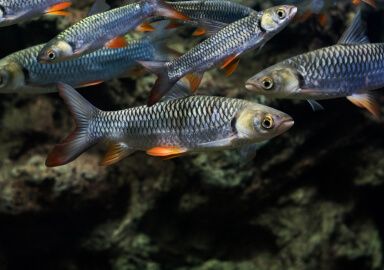Grass Carp
A large herbivorous freshwater fish, the grass carp has been introduced to many rivers and lakes of Europe and North America.
View 4 listings
4
listings
–
price starting from
3
countries
Where and When?
The Pacific Far East is their original domain, from northern Vietnam eastwards round to the Amur River that marks the border between Russia and China. Large, long rivers are essential for their reproduction, but they have been introduced into most of the world where there are large freshwater bodies as they have a wide temperature tolerance. They were initially introduced for fish farming (they are reported to provide a harvest of over 5 million tons per annum) and then also as agents of weed control in rivers. More recently, they have been introduced into many European waters as targets for recreational fishers.
Where they occur, the grass carp can be found inshore or in open waters and at all depths. They prefer areas with very dense vegetation and move considerable distances daily to find adequate food. They are not attracted to structures except for those which have weed growing on them. The grass carp can be caught throughout the year, but fishing is generally more common and productive in the warmer months. Most fish are caught in daylight, as this is much easier than after dark, and early morning and around sunset are reported as productive periods.
About Grass Carp
Grass carp ( Ptenopharyngodon Idella) are large to very large, chubby, torpedo shaped fish with a smallish mouth. The lips are firm - to harvest vegetation - and there are no teeth or barbles in or around the mouth. The colour is generally dark olive above changing to brownish or yellow down the flanks. They are found in turbid, muddy, slow moving rivers and associated floodplains, dams and lakes. The grass carp feed voraciously on aquatic vegetation and can routinely eat up to five times their body weight per day.
They are often within the length range of 60-100 cm. (23.5-39.5 in.), but can attain 200 cm. (6 ft. 6 in.) and 45 kilograms (99 lbs.). They usually live for five to nine years, but can attain 11 years of age. They grow rapidly and can increase from 20 to 45 cm. (8-17 In.) in one season. Females can lay 1 000 000 eggs per year and the eggs develop and hatch as they drift downstream. The flesh of the grass carp is often undeservedly ignored or discarded in the West. However, it’s very palatable, and unlike some other carp species it has very few bones, and is considered a delicacy in the East.
How to Catch?
Catching grass carp is often not easy and, without care, the right equipment and preparation, it can be frustrating. While the terminal tackle has to be light and the hook small, the fish can be very large and they have a reputation for giving a strong fight. They can be caught from boats, but most fishing is carried out from the banks of the waterbody. Bait fishing, using a wide variety of natural and some artificial baits, is usually the preferred fishing method, but careful and delicate spinning, using plastics, can also work. Fly fishing is popular in some areas, as hooking a good grass carp on a fly rod will give a memorable fight.
Natural baits include bread, corn, beans, carrots, acorns, tomatoes, vegetables, worms and commercial dog food. Ground-baiting and chumming can greatly increase your chances of catching a nice grass carp. While it may not leap out of the water, hooking a large grass carp successfully will give you an excellent and exciting fight comparable to many much better known “game fish”.

